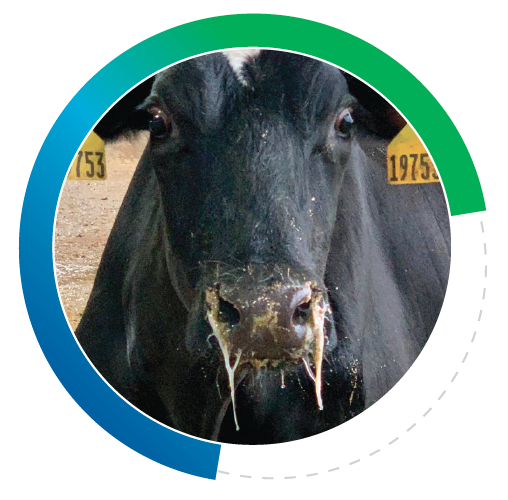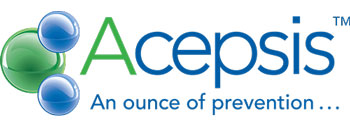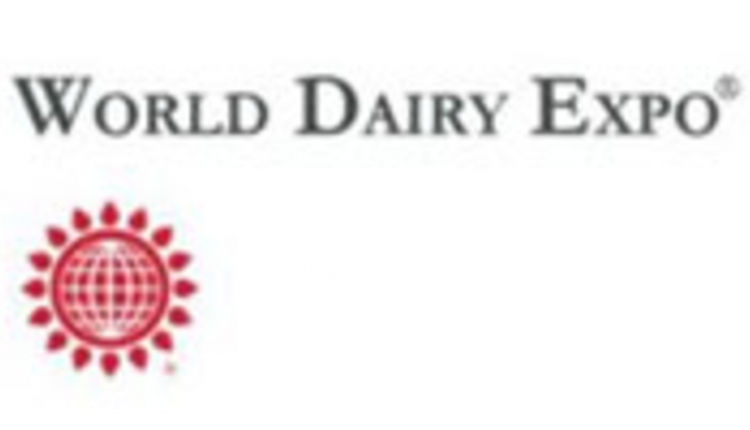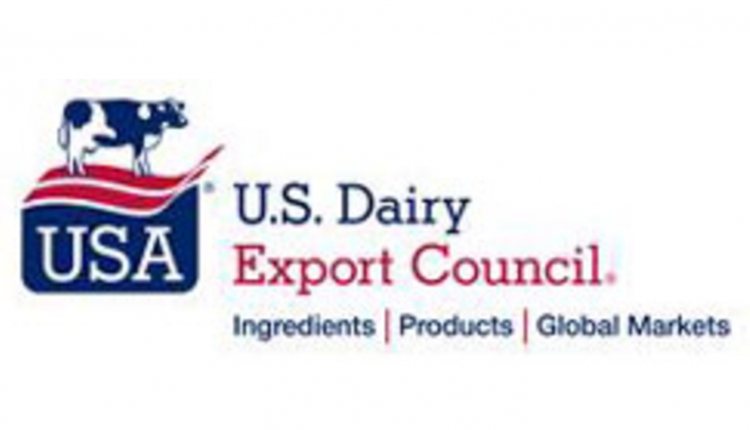As confirmed cases on dairy farms in the states of New Mexico, Texas, Kansas, Michigan, and Ohio continue to grow and potentially spread to other dairy states, the focus turns to understanding, identification and prevention of the spread of this highly contagious disease. This article provides a summary of practical guidelines from leading North American animal wellness experts to aid you in helpful action steps on your dairy.
Managing the threat of HPAI in dairy farms requires a comprehensive approach that includes an understanding and identification of the disease, and preventive measures.

UNDERSTANDING
What is HPAI1? HPAI is a highly pathogenic virus that is part of a type of Influenza A virus that primarily affects birds (H5N1). The highly pathogenic classification is based on the severity of the disease in poultry, but not specifically in mammals or humans.
How do dairy cows get the disease2? Migrating waterfowl have been found to be reservoirs of the disease, and according to the USDA, are considered to be the disease source. This virus has been devastating to the poultry industry, causing high levels of mortality, however this has not been the case with dairy herds. Currently there has been no single identified disease transmission pathway, however there are several probable transmission routes:
- Mouth / nasal secretions: Consuming contaminated feed or water. (Water has a higher likelihood of transmission due to the number of animals drinking from the communal water source.)
- Milk: Possible cow-to-cow transmission of diseased milk through operator or equipment contact
- Drop in feed intake / rumination / rumen hypomotility
- Decrease in milk yield
- Changes in the milk texture and color:
- Thicker and often yellowish to brown, resembling colostrum
- Many severe cows appear to have all quarters involved, but not in all cows
- Widespread increase in milk conductivity
- Changes in manure
- Respiratory symptoms
- Most of the severe cases are from older, mid-lactation cows
- Most herds pull cases for 10 – 14 days
- Peak pulls between 3 – 7 days into the outbreak
- Herds are reporting 10 – 20% of cows to the hospital for examination and treatment
- Most cows start coming back on feed intake within a few days
- Herds seemingly are taking 30 - 45 days to begin to see BTSCCs come down to pre-outbreak levels and per cow milk production to approach pre-outbreak levels



